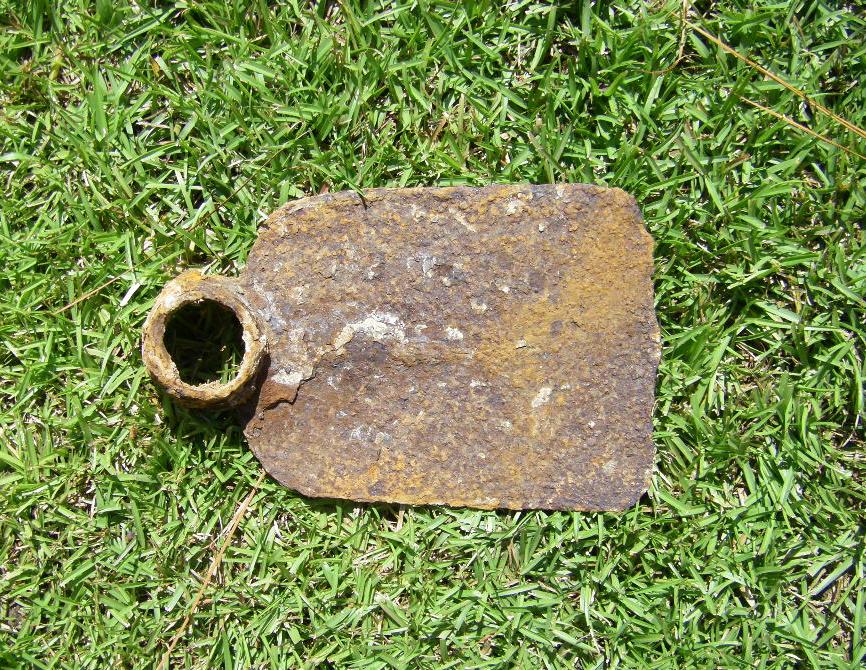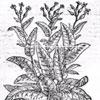This antique hoe, even without its handle, is likely recognizable today. Remarkably, the utilitarian design changed little over centuries of use. What can this tool, effective in agricultural work and unforgiving to the hands and back, tell us about colonial Virginia?
Compared with the ships that crossed the Atlantic, the first colonial towns, and records of the many conflicts with Virginia Indians, the hoe seems mundane. Colonial Virginians, however, would have encountered these and similar tools on a daily basis either in their own hands, or the hands of their employees, servants, or slaves. This hoe blade, for instance, typically made of iron, was excavated from a plantation in South Carolina (similar tools would have also been in use in Virginia) and would likely have been used by a slave. Most people in the 17th and 18th centuries depended on the land for their living. Whether working one’s own small farm, farming large tracts of land to sell crops in international markets, or working on another person’s farm, most people were closely connected to the land for their livelihood.
The history of colonial Virginia can be told through the history of the land, humans, and livestock engaged in the daily work of farming. Social structures, cultural patterns, economic systems, everyday experiences, and international relations were all connected through the need for land and labor. Keep this tool in mind as you examine the material culture, images, and documents that reveal more about colonial Virginia.
Source: Cecil Hopper, “Plantation Hoe – Colonial Era,” still image, n.d., The Battery Relics.
Instructions
Explore the following resources to learn more about Colonial Virginia and the hoe. Click on an image thumbnail to load it in the main area.
After viewing all the resources, continue to the Rethink.













